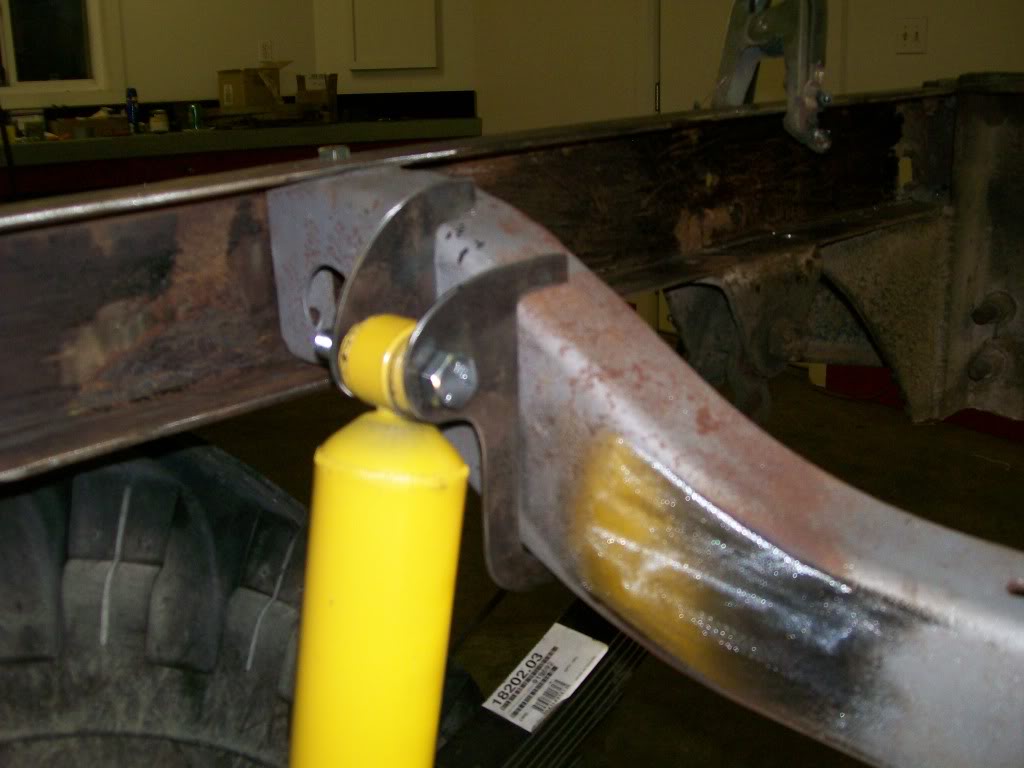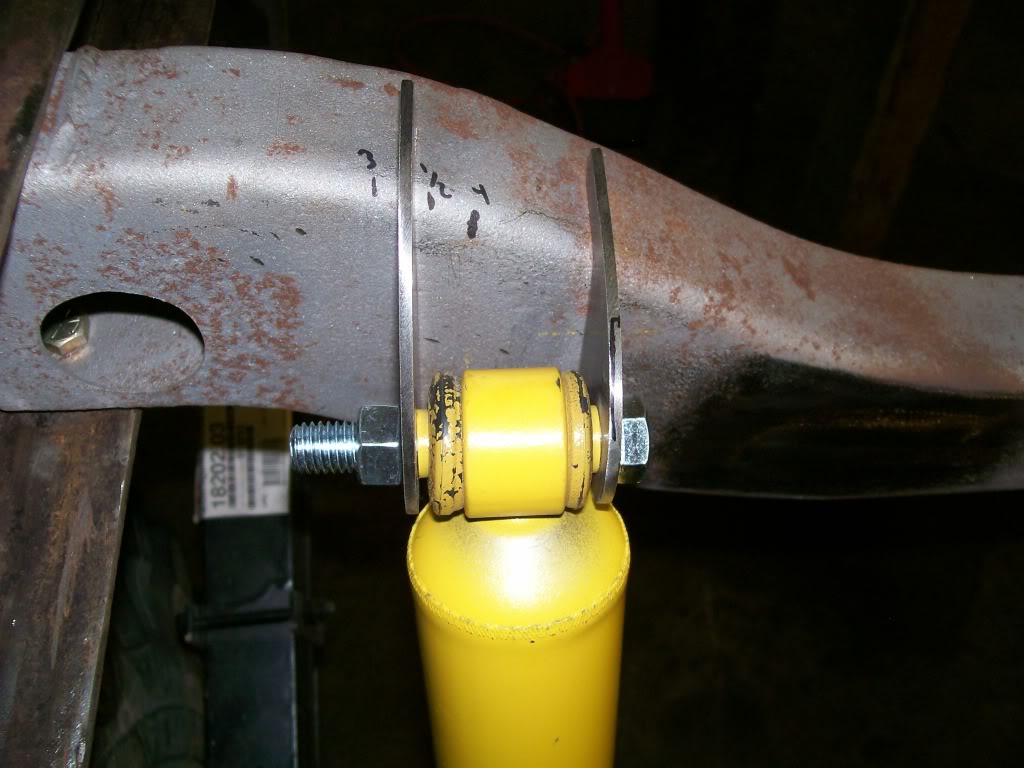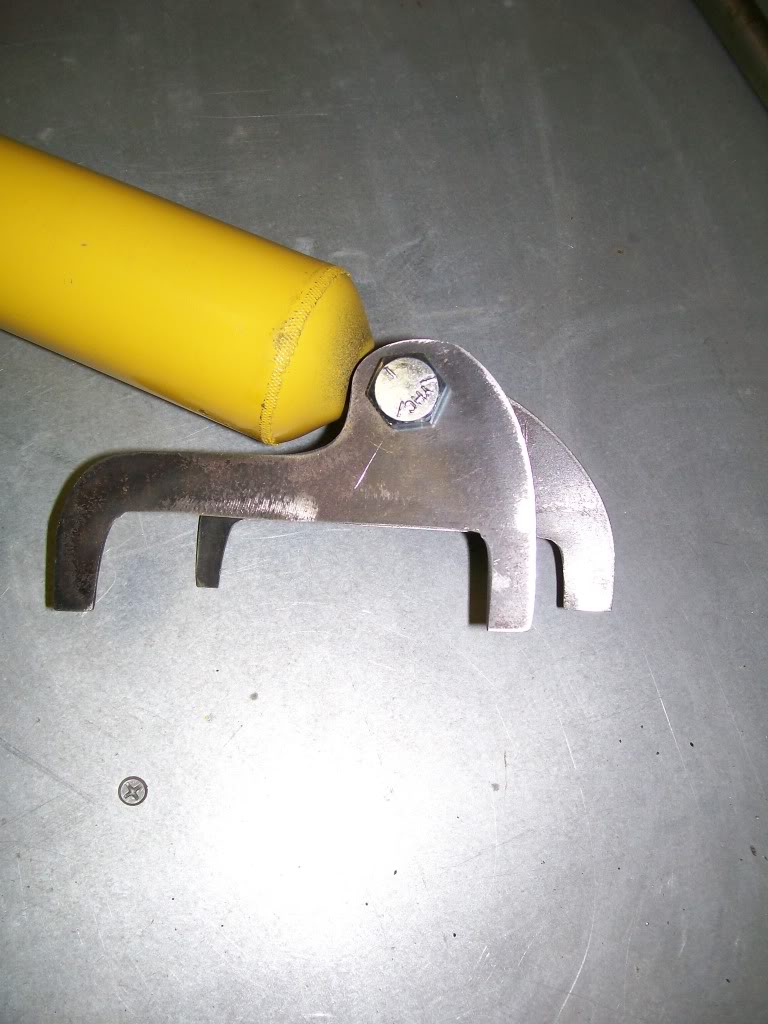You must be logged in to rate content!
7 minute(s) of a 620 minute read
8-21-2011
Articulates, now there's a word to dive into. I looked it up in the dictionary but didn't find any description that attached itself as closely to the subject matter. This doesn't mean we won't go there. I got through the fish plate term earlier, we'll get through this one.
Trying to find words to use to describe stuff on the computer is tricky. Photo's and video is what has been used to help. Such as the video describing the inventon and need for spider gears, that was fantastic.
Ok back to the articulation. The rear end in this case is attached to the frame by leaf springs. Although it provides good up and down motion there are just as many times that one wheel will go over an object and not the other. This creates a situation where the suspension has to give to the up and down motion and at the same time the axle will become at quite and angle with one tire up and the other still sitting on the level surface. I'm gonna lean towards this being the articulation, the idea of the axle being not only up and down but also the arc at which the axle has to move as it goes up and over the object.
This is best displayed when some of the pictures you see on this forum of a jeep with one tire about 3 foot off the ground and the other still on the ground, which I think is absolutly awesome, there is a whopping amout of articulation involved. And the building of such suspension puts alot of side force on an ordinary shock mounted in a way that it allows for up and down motion with out any consideration for side to side angles it will encounter.
Not only moving the shock inward but angling the mount can be a factor. With the standard mount the shock often at a 90 degrees to the main frame. Now any articulation has to be absorbed by the rubber bushings at each end of the shock. If we slightly change the top mount inward and at a slight angle we allow more movement before we max out the rubber bushings and have a binding problem.
Next train of thought. If the shock is say 15 inches extended vs a shock that is 22 inches extended, we have more allowability for articulation before binding occurs. The shorter shock will reach a point of too much angle for the bushings to handle and bind before the shock that is 22 inches.
Now the truck at hand. With all the work I've dove I've tried to retain a near original suspension and frame structure as I can. Why have I done this, if it aint broke, don't fix it. It lasted 61 years. My frame work has been to try to rebuild the frame as to where it can not be noticed it ever had issues. This is a personal quest of my own, can it be done?
It lasted 61 years. My frame work has been to try to rebuild the frame as to where it can not be noticed it ever had issues. This is a personal quest of my own, can it be done? There have been so many places I could have cut out and overlapped the old with the new, but it didn't have the challenge that I have now. I love a repair that you show/point to a repair and you have to convince someone that you did the repair and they argue back that the can't see the fix.
There have been so many places I could have cut out and overlapped the old with the new, but it didn't have the challenge that I have now. I love a repair that you show/point to a repair and you have to convince someone that you did the repair and they argue back that the can't see the fix. With that said, I'm sticking to the original top mount configuation. My travel will be stock original, but one benifit I do have is my shocks will be longer than original, which will give me more articulation before binding.
With that said, I'm sticking to the original top mount configuation. My travel will be stock original, but one benifit I do have is my shocks will be longer than original, which will give me more articulation before binding.
In conclusion, Jeepster83, is correct, articulation is often overlooked by many doing lifts and suspension work. When you buy a package deal, the company has most likely pre-figured articulation into the equation. Some people can't afford the package deal and do homemade lifts then perhaps have to deal with broken shocks and such.
Plus and minus here. Buy the package, done deal, install and go. Do it on your own, prerhaps break a shock. In the long run though I say the do it yourselfer will learn the technical aspect of the inner workings of the suspension which is a plus if they get it figured out for future projects.
No I'm not saying everyone should be a do it yourselfer. Not everyone has it in their heart to dive into the inner workings of all the mechanicls. But I know they love the off-road adventure and that's what matters.
Welcome aboard Geo-Nemesis.
The original top shock mount as I mentioned before was a stud that came inward from the top of the main frame rail. It also caused the shock to be extremely close to the leaf springs, I just didn't like it.
I decided to mount the top mount to a frame cross brace. It allowed me to mount the shocks inward about three inches, this makes me happy.
One issue with the cross brace is it is 1/8 inch thick. Plenty strong perhaps, but over many years fatigue could set in. I wanted to find a way to strengthen and spread the force over a larger area.
I could do the weld another plate on top of the original as I did before, but I decided to complicate the process.

I figured if I had to make the plates for the top mounts, I'll use those as the mounts and what will also add strength to the area.

Were these easy to make, no, acually they were a pain, but they look cool. How great it is that they'll be in an area that no one will see when it's done.

They still need a little touch up, but when done, this will be another step to getting this truck back in working order again. I got firewood to gather, and some tree stumps to drag to the fire pit.


Ultimate classic truck right there
Posted by CCmyVW on 12/26/20 @ 4:17:42 PM